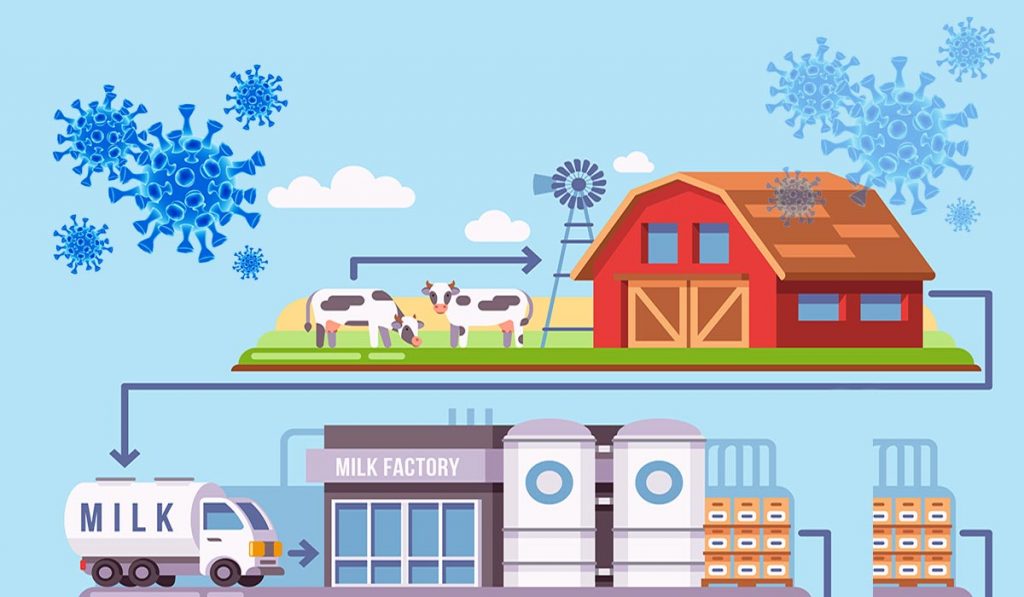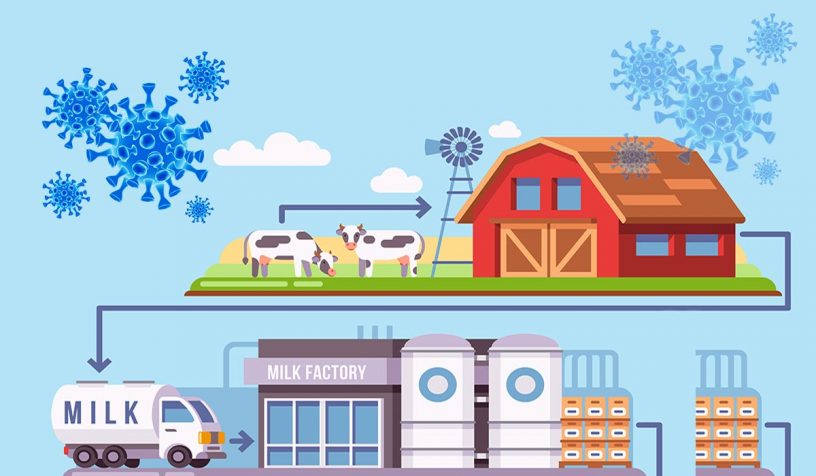
This paper proposes a method to identify key drivers of supply chain vulnerability in a dairy supply chain and the researchers believe that the proposed approach will help managers in mitigating the adverse effects of COVID-19 on the dairy supply chain.
Authors
Sachin Kumar Mangla, Assistant Professor, Jindal Global Business School, O.P. Jindal Global University, Sonipat, Haryana, India.
Kritika Karwasra, Department of Mechanical Engineering, Malaviya National Institute of Technology Jaipur, India.
Gunjan Soni, Department of Mechanical Engineering, Malaviya National Institute of Information Technology, Jaipur, India.
Yigit Kazancoglu, Department of Logistics Management, Yasar University, Izmir, Turkey.
Summary
Frequent occurrence of disruptions in the supply chain due to the Covid-19 pandemic has increased the supply chain vulnerability (SCU), which affects the performance and revenue generation of firms. If the commodity we are dealing with in a supply chain is of a perishable nature, then the situation becomes more complicated, as such products need restrictive storage and transportation facilities.
The dairy supply chain is one such perishable product supply chain. This paper, thus, proposes a method to identify key drivers of SCU in a dairy SC followed by establishing a model using interpretive structural modeling (ISM) and a graph theory approach (GTA) to calculate the SCU Index.
It is important to quantify the SCU for identifying major factors affecting it and then developing techniques to mitigate it. In order to quantify the SCU, first, the ISM model is used to identify the interrelation between drivers, and then an adjacency matrix is formed by using the interdependence, thereby adding inheritance of each driver.
A variable permanent matrix is formed to calculate the SCU Index for the SC. This proposed approach will help managers in mitigating the adverse effects of COVID-19 on the dairy supply chain.
Published in: International Journal of Logistics Research and Applications
To read the full article, please click here


